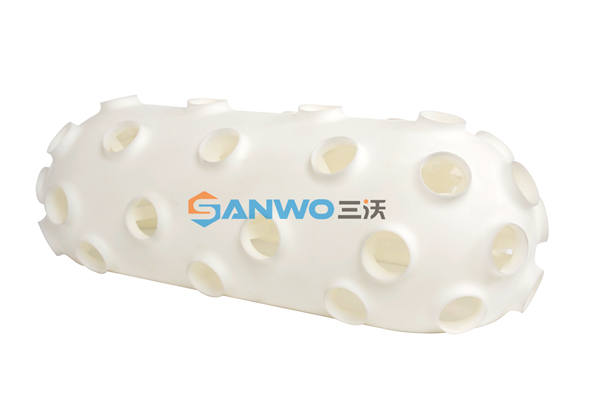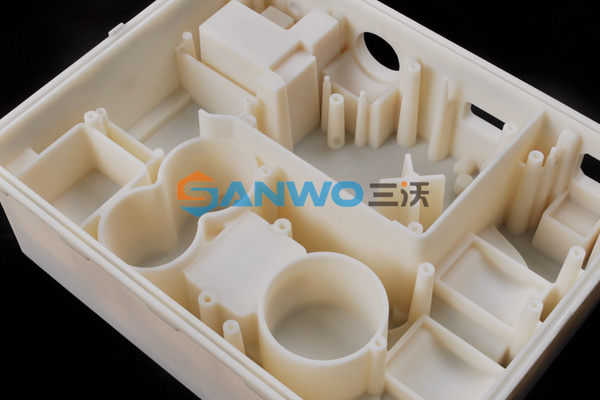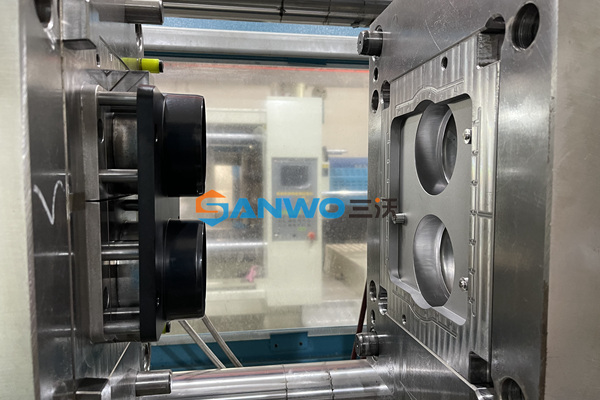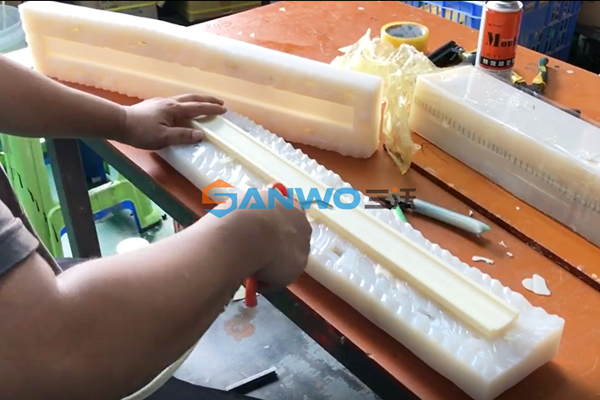Rapid Methods for Plastic Prototype Manufacturing
In almost every instance of product development, no matter what industry it is for, prototyping is the necessary stage that ultimately determines the success of your production efforts. The rise of rapid prototyping has made plastic prototyping both easy and affordable. However, there are a range of manufacturing techniques capable of producing plastic prototypes, and understanding the principles of the techniques can optimize the entire product development process.
Let's take a look at four manufacturing methods for creating plastic prototypes: 3D printing, CNC machining, injection molding, and vacuum casting.
3D Printing Plastic Parts
SLA 3D printing uses plastic resin materials to create plastic prototypes. The process uses a high power laser to cure the resin into a model. The process is widely used for a variety of prototyping purposes, particularly in the medical, dental and consumer goods fields.

In SLS 3D printing common material used is nylon. Because this technology uses a high-powered laser to sinter powders together into 3D models, both the material and print quality are superior to FDM. plastic prototypes created by SLS 3D printing are often more practical, higher resolution, and more flexible and durable than FDM printing.
CNC Machining Plastics
This machining method uses a variety of different sized tools to carve a model from a solid piece of material. CNC machining offers more threading and undercutting potential, tighter tolerances, reduced dimensional constraints and more surface finish than 3D printing. Depending on the complexity of the plastic prototype model and the manufacturing services used, CNC milling can also provide extremely fast turnaround times.

Injection Molded Plastic Parts
While injection molding and rapid tooling are sometimes used for mass production, they are also a fast and economical way to produce plastic prototypes. After a metal mold is made, plastic resin is added to a heated barrel, mixed and injected into the metal mold. The plastic is cooled into a solid part, resulting in a prototype with a high-quality surface finish and better mechanical properties than 3D printing.
Some of the most popular plastics used for injection molding are also used for 3D printing and CNC machining. These include ABS, PC, nylon, HIPS, PP and polyethylene.

Vacuum Casting Plastic Prototypes
Vacuum casting is another manufacturing tool that can be used to produce plastic prototypes. This unique technique is performed in three steps, starting with the production of your CAD design into a master model, which can be done through 3D printing or CNC machining. Once the master mold is complete, a silicon-based casting mold is developed and the casting resin is filled into the cavities of the mold. As for materials, vacuum casting is compatible with a range of materials, from opaque to transparent, as well as a variety of colors.

Each mold can produce approximately 20 prototypes with an average turnaround time of two weeks. All in all, it's a fast way to realize your design into aplastic prototype, bringing the development process closer to mass production.



